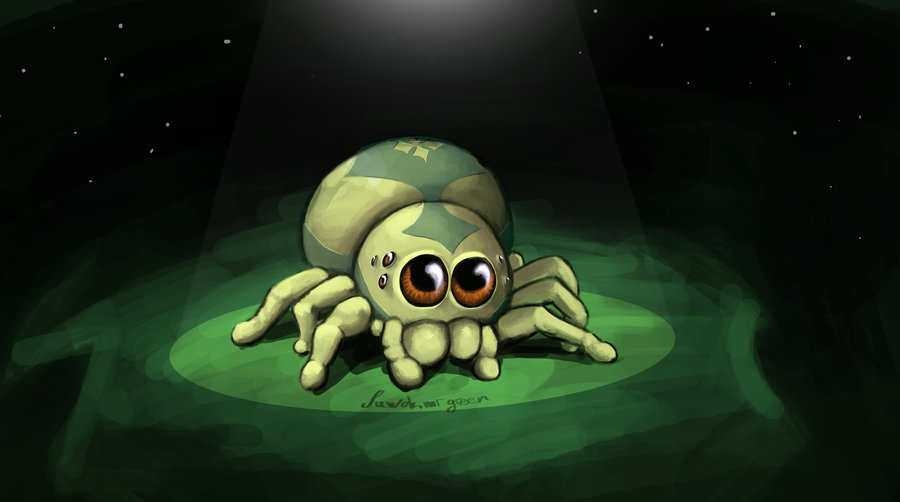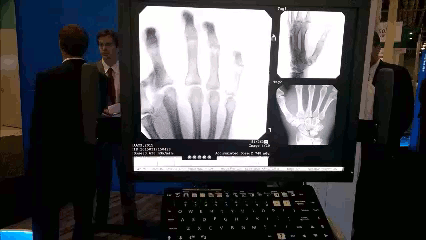Ever wanted to see the inside of a spider?

Needless to say, if you’re afraid of spiders, this may not be the post for you. I mean, it’s a completely irrational fear, but hey, I’m not here to judge. Just to be safe, I searched for a header image of the most inoffensive, affable spider I could find (thanks to SawokMrGreen at DeviantArt).
So as I briefly mentioned in class, I almost went to grad school for biology, specifically to study the cognitive capabilities of spiders; I believed some of them have the ability to problem-solve, and that has since been proven true.
I also recently made a post about my trip to the annual convention of the American Academy of Orthopedic Surgeons. It’s always incredible to see the new technologies available to the medical industry, from digital x-ray machines to 3-D printing of artificial body parts.
So what do these have to do with each other? Imagine how much easier it would be to understand the complex anatomy and functioning of small insects using the technology commonly used by doctors to understand the structure and workings of the human body.
Fortunately for us (or maybe unfortunately, depending on your point of view), now we can. Professor and entomologist Javier Alba-Tercador from the University of Granada uses CT scanning technology and some very patient physical manipulation in order to get 3-D scans of many types of insects. What before took insanely careful dissection, now takes digital technology that is easier to see and manipulate.
It’s pretty incredible stuff, and below I have embedded a video showing how he does it along with the results from the scan of a spider. If you are interested in seeing more of his videos, all of which are fascinating, you can fling over to his video channel, where he has scans of everything from a paper wasp to a mouse to an ant head along with many others.
https://www.youtube.com/watch?v=Qsz1Gvjgvzk

